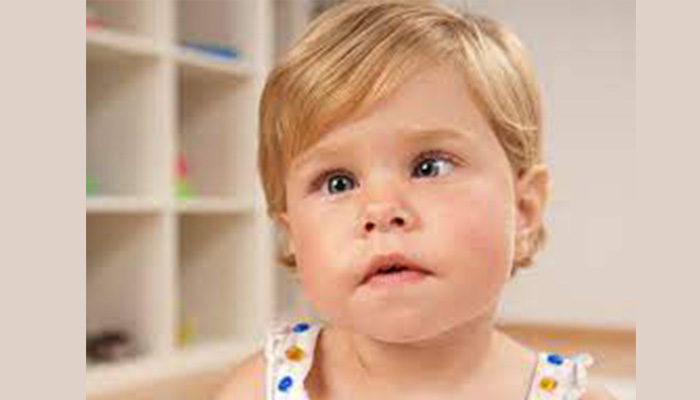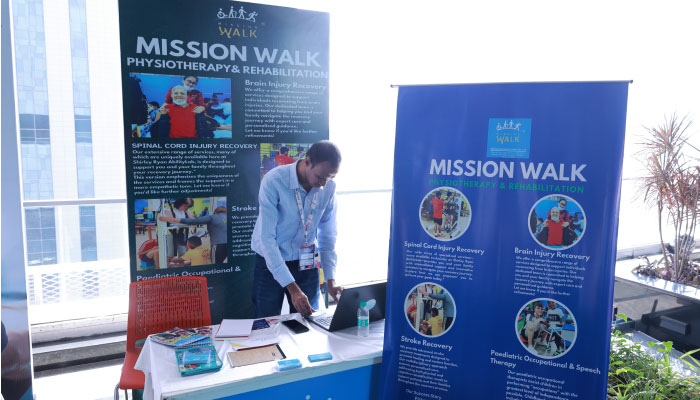You’ve probably heard of lazy boys or lazy girls, but have you heard of lazy eyes? Well, yes, some children have a lazy eye. It doesn’t mean that their eye/eyes don’t want to work at all. Lazy eye is a medical condition in which there is a lack of coordination between the eyes.
Understanding amblyopia
Amblyopia, also known as lazy eye, is a condition in which vision is impaired in one or both eyes. It is not a condition that can be corrected by wearing glasses or contact lenses. Lazy eye is not caused by any eye disease and the loss of vision can be severe if not treated.
Ambylopia in children occurs when the nerve pathways between the eye and the brain aren’t stimulated properly. This causes the brain to ignore the affected eye for reasons that aren’t fully understood. Therefore, the weaker eye exhibits a wandering motion. If the problem isn’t corrected early on in childhood, the brain may block signals or images from the weak eye.
The eyes may seem to wander or move inwards or outwards, and the eye movements may not be synchronous. A child who has ambylopia will squint, tilt their head to one side or shut one eye to see clearly. They may also have headaches, blurred vision, drooping eyelids, and a lack of depth perception.
Causes
Amblyopia may be caused due to strabismus, a condition with misalignment of the eyes. This causes lack of coordination in the eyes, and also causes the eyes to turn out and in. A lazy eye may also develop if the retina is abnormal or the lens is cloudy, as in the case of cataracts. Difference in size of the eye or an abnormal shape of the eye can also lead to amblyopia. Tumor of the eye is another cause for lazy eye.
Diagnosis and Treatment
For effective treatment, first the cause of amblyopia has to be diagnosed. A complete eye examination and history obtained from the parents may be helpful.
Once the cause is known then the doctor concentrates on making the weaker eye work properly. For this, the doctor may put a patch on the stronger eye. Special glasses and eye drops (atropine drops) are used for the stronger eye to blur its vision, so that it is used less and the brain concentrates on getting image signals from the weaker eye. The whole point is to make the weaker eye or lazy eye pick up images and deliver the signals to the brain properly. This way the doctor is making the ‘lazy’ eye active. In case of crossed eyes, droopy eyelids and cataract, surgery is recommended. The treatment is continued till the vision of the weaker eye becomes normal. This can take several weeks. For some children the eye patches have to be worn till they are 8 years to 10 years of age. Depending on the child’s age or vision the eye patches have to be worn throughout the day or part of the day only.
Treatment in adults
Treatment is most effective during the childhood. When the child is about 8 years to 10 years of age, the vision of the eye is developed completely. All the nerves between the eye and brain are developed by then. Scientists are still exploring the area of treating adults who have amblyopia that was not treated in childhood. However, children between 7 years of age to 17 years of age are also showing improvement after treatment which is a positive sign.
Educating children
Educate your child about their eye problem. Talk to your child about wearing eye patch as advised by the doctor. Decorate your child’s eye patch with stickers and designs to encourage your child to want to wear an eye patch. If your child develops a rash due to the adhesive used in the eye patch, apply moisturizer or ointment on the affected area. Parents should also communicate with their child’s teachers and classmates to ensure their child is comfortable in the classroom setting. Additionally, it is important for children with ‘lazy eye’ to wear protective eyewear, such as glasses, face shields, or eye guards, to protect their eyes during any sporting activity.
The princess with an eye patch
Once upon a time, there was a princess. She went to the eye doctor and he told her that her eye was lazy. He suggested that she wear a patch over her weak eye. She was sad and didn’t want to wear the patch at first. But then some puppets came and told her all about the fun things that can be done with an eye patch. That’s the story of the 2005 Telly award-winning educational DVD ‘The Eye Patch Kids’. There is an ‘Eye Patch Rap’ song in the DVD as well which children can sing along to. Prevent Blindness America lists ‘The Eye Patch Kids’ DVD as a useful tool to encourage kids to wear their eye patches.



